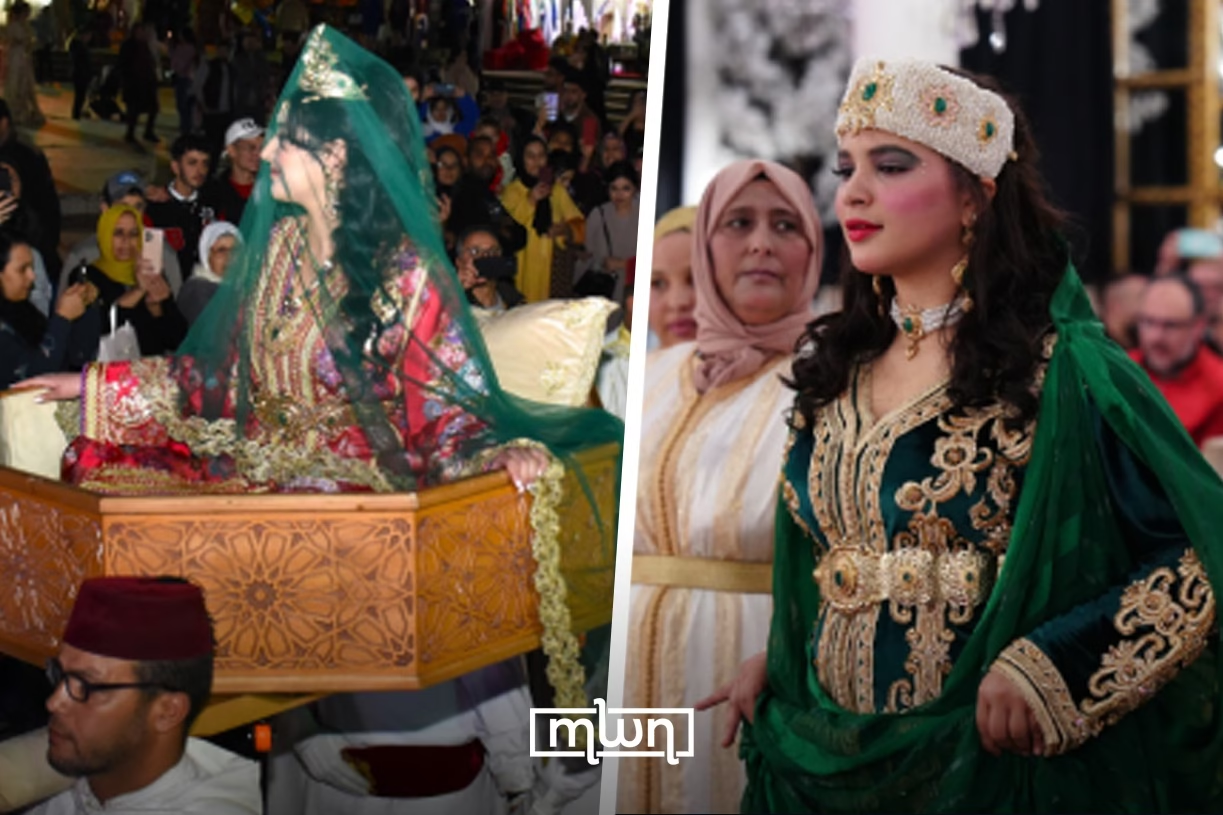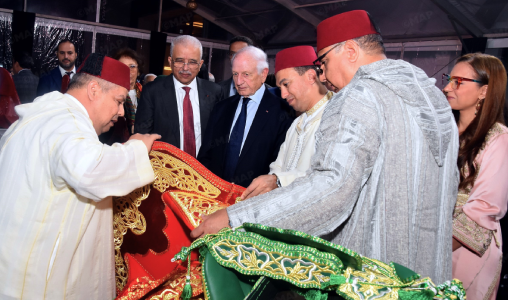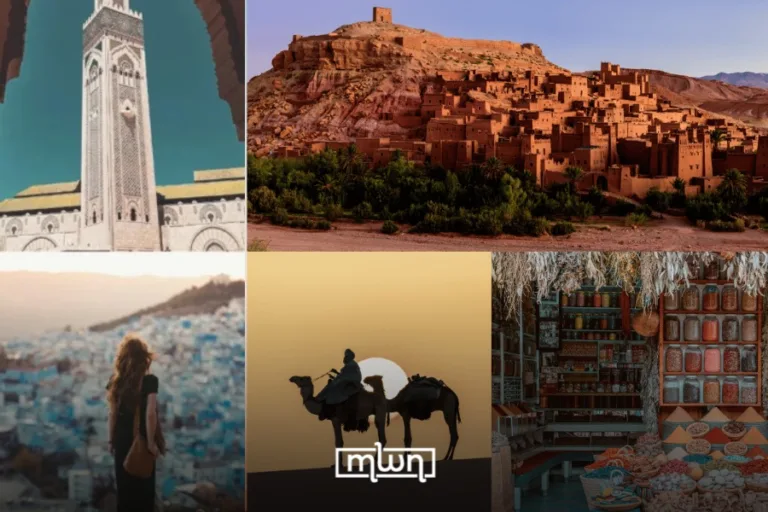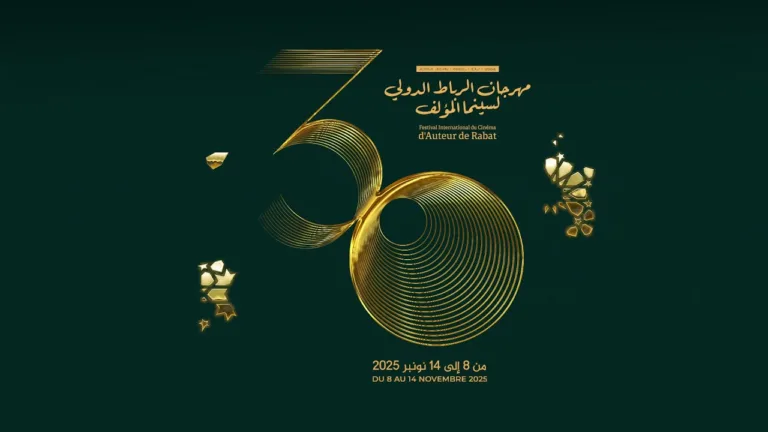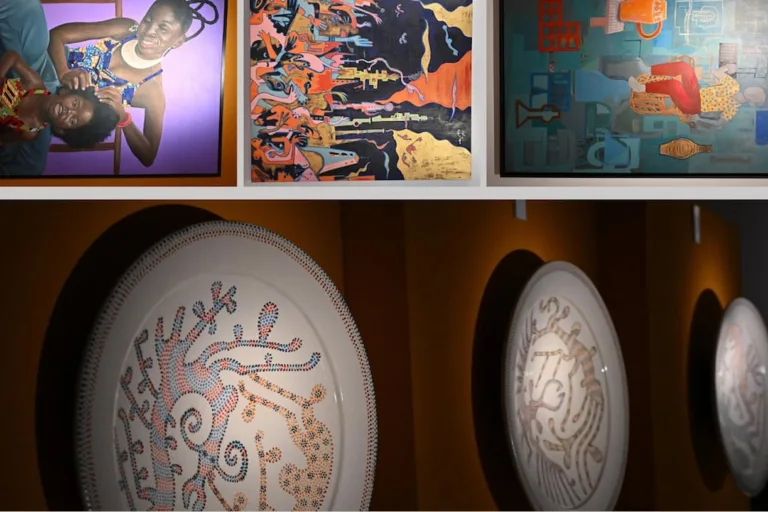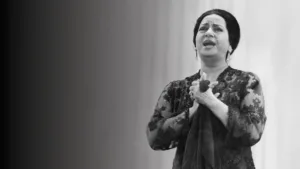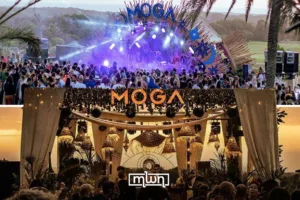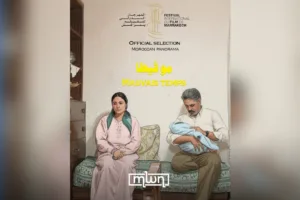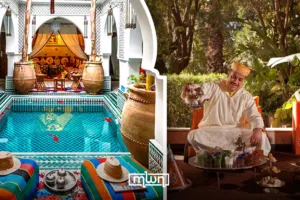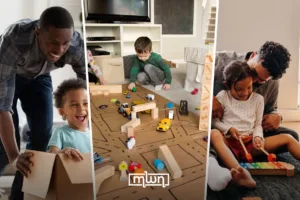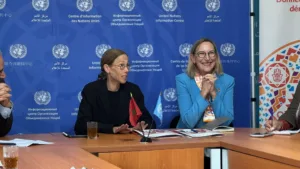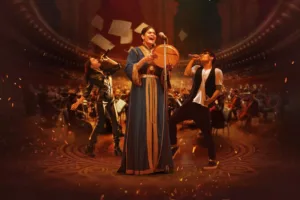This festival, which continues until March 29, has become a must-attend event, providing artisans with a platform to exchange expertise, showcase their work, and refine their artistic techniques.
Fez– In Rabat, Morocco’s unique and iconic bridal fashion is holding the spotlight at the 17th edition of Moroccan Traditional Wedding festival, which kicked off on March 22 and will run until March 29.
Filled with displays of caftans and ceremonial attire, the event is putting on display not just the splendor of Moroccan nuptials but also the creativity of the nation’s artisans.
The dazzling affair is the product of a joint collaboration between the Chamber of Handicrafts of the Rabat-Sale-Kenitra region and its counterpart from Fez-Meknes, alongside the regional directorate in the same sector.
Beyond the aesthetics, the event serves a practical purpose: boosting the visibility of artisanal products that see high demand during Ramadan.
It gives visitors a firsthand look at the meticulous work of artisans specializing in traditional wedding crafts, from intricately embroidered caftans to handcrafted accessories and decor.
Moroccan artisans: guardians of national heritage
Speaking at the event, Lahcen Essaadi, Secretary of State for Handicrafts and the Social Economy, applauded Morocco’s artisans, calling them the “guardians of national heritage.”
He talked about how Moroccan weddings, unique on a global scale, serve as a living testament to the country’s cultural identity, reflected in its traditional attire, especially the timeless caftan and djellaba.
Essaadi said the event plays a crucial role in preserving traditional crafts, citing the “Treasures of Moroccan Handicrafts” training program, which ensures the transfer of ancestral skills to new generations under the mentorship of master artisans.
Abderrahim Zemzami, President of the Chamber of Handicrafts of Rabat-Sale-Kenitra, also spoke at the event about the importance of continued support for traditional industries.
He described craftsmanship as a pillar of national identity, a bridge between past and future, and a reflection of Morocco’s collective memory.
Zemzami also noted that the festival has become a must-attend event, providing artisans with a platform to exchange expertise, showcase their work, and refine their artistic techniques.
Spectators were treated to live runway shows featuring brides draped in opulent Moroccan caftans, each ensemble a vibrant tribute to Morocco’s wedding customs.
These dazzling displays not only captivated audiences but also gave them a glimpse into the vast network of artisanal trades that bring traditional weddings to life.
Since its inception in 2004, the Moroccan Traditional Wedding Festival has cemented its status as a major event for the artisanal sector, both locally and internationally, drawing in professionals, enthusiasts, and cultural heritage advocates alike.
More than just a fashion statement, it’s a celebration of history, craftsmanship, and the enduring artistry that keeps Moroccan traditions alive.
Read also: Jardin Majorelle, Ali Zaoua Foundations Empower Youth Through Culture

